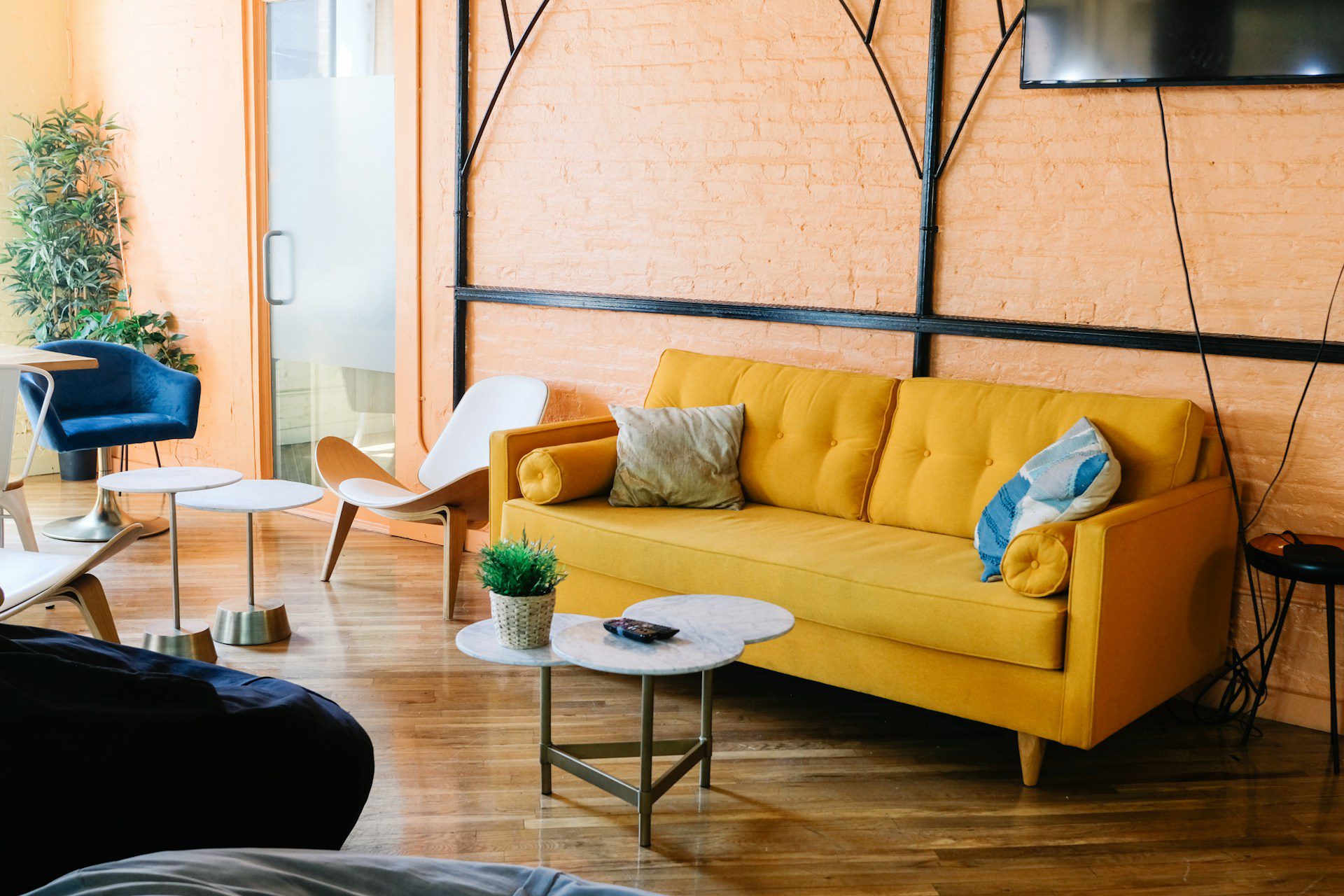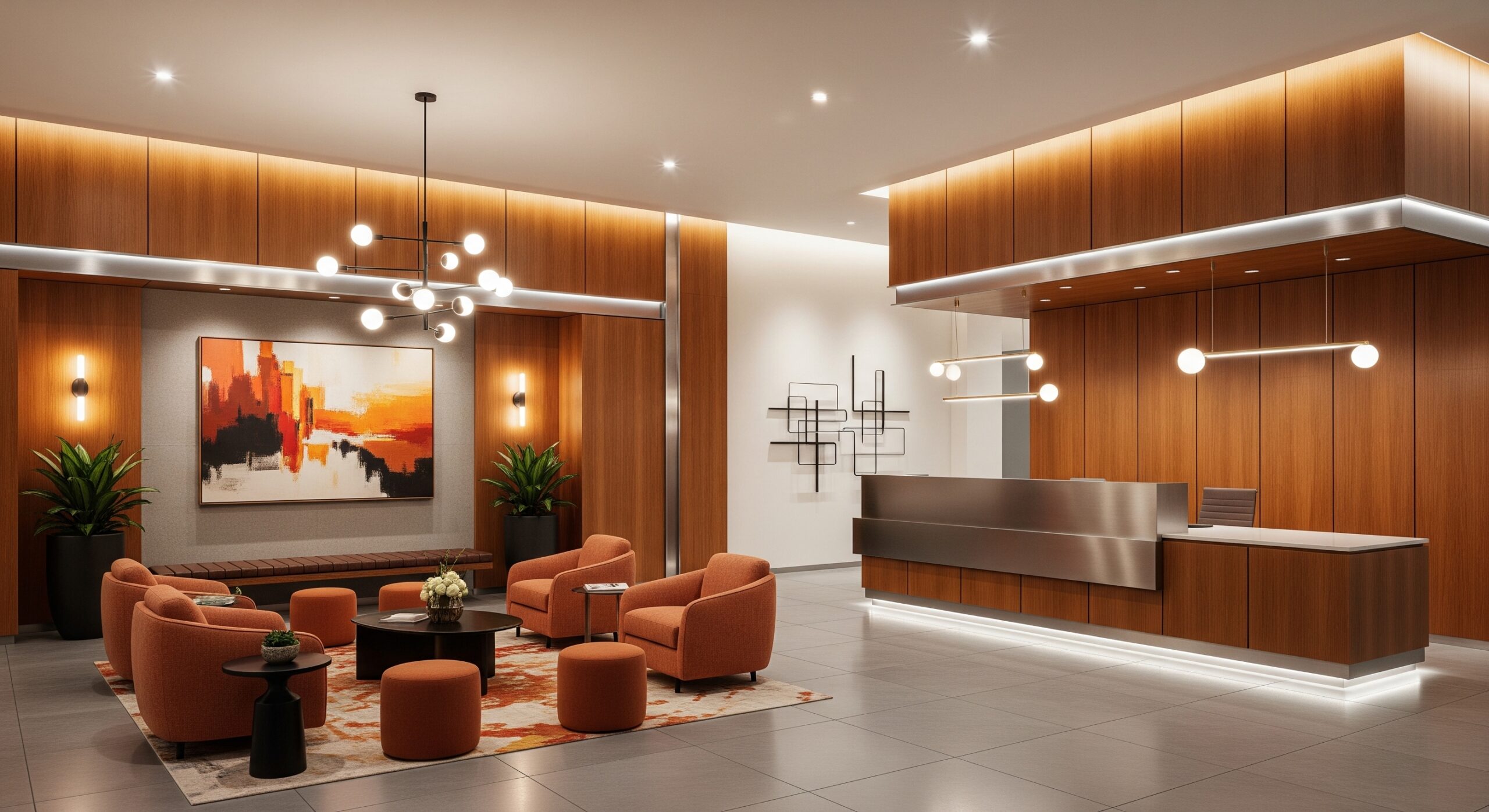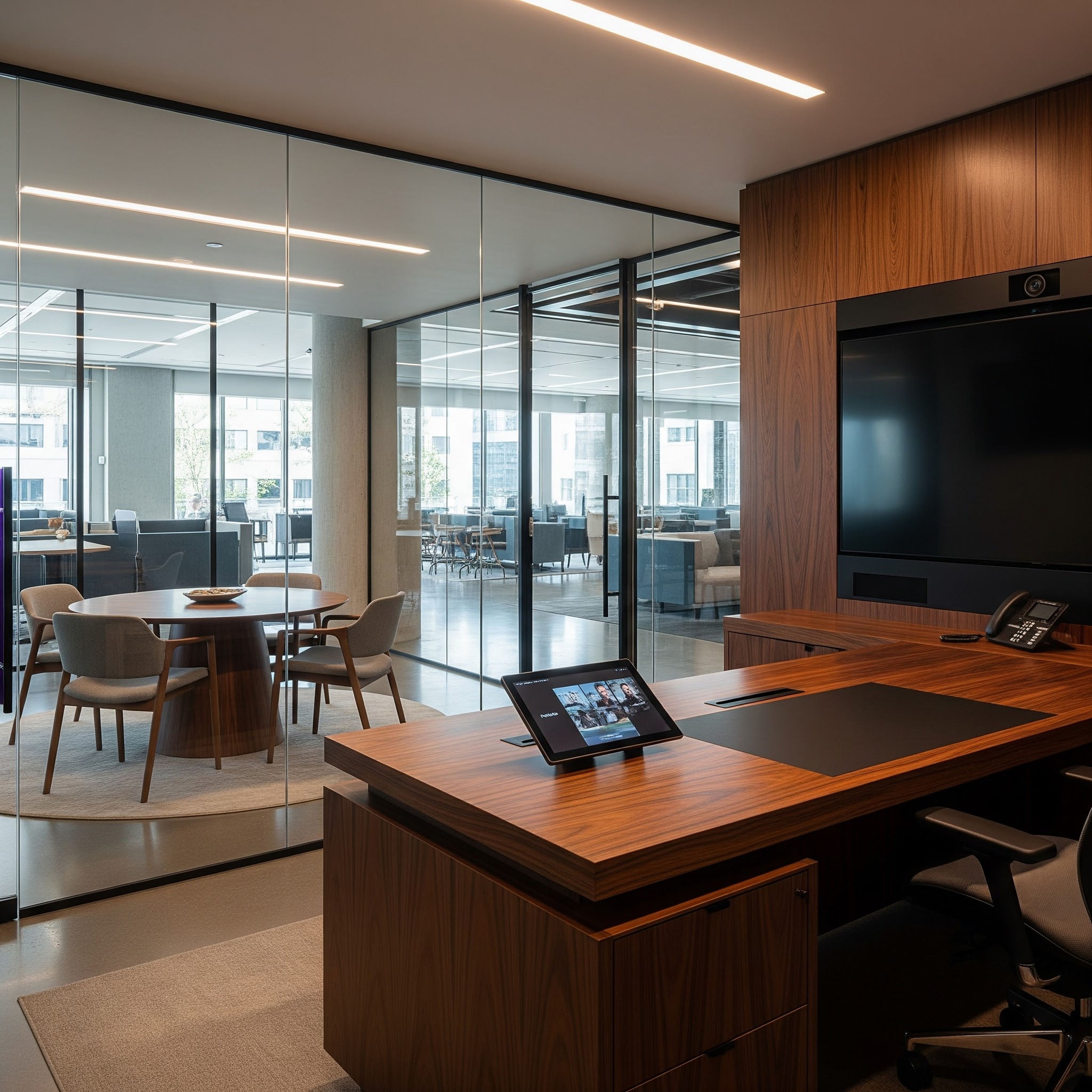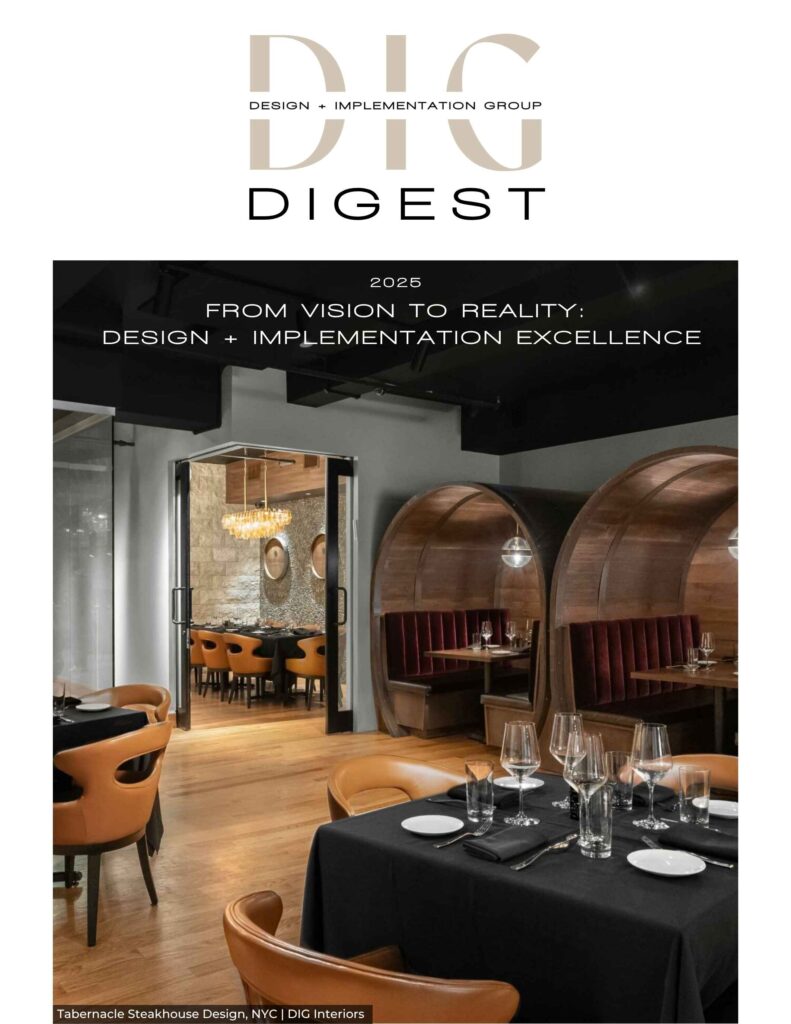When it comes to interior design, the colors you choose can have a significant impact on your mood and behavior. From bold reds to sunny yellows, warm colors can evoke emotions and influence how you feel in your home or workspace. By understanding the psychology of warm colors, you can create a space that promotes happiness, creativity, and overall well-being.
The Basics of Warm Colors
Warm colors are hues that are associated with warmth, energy, and optimism. These colors fall on the red, orange, and yellow side of the color wheel and typically have a higher saturation level. The psychological effects of warm colors have been studied extensively. Warm colors can stimulate the senses and evoke emotions, which can influence how you feel in a space. When used in interior design, warm colors can create a cozy and inviting atmosphere.
The Psychology Behind Warm Colors
Red, for example, is known to increase heart rate and blood pressure. It can also stimulate appetite and promote passion and excitement. This is why it’s often used in restaurants and other spaces where people want to feel energized and excited.
Orange is associated with enthusiasm and creativity. It’s a popular choice in workspaces and creative environments because it can help people feel more inspired and energized. Orange can also help people feel more sociable and extroverted, which is why it’s often used in social spaces like living rooms and dining rooms.
Yellow is known to promote happiness, optimism, and positivity. It can also increase mental agility and concentration. This is why it’s often used in learning spaces and children’s rooms. Yellow can help people feel more cheerful and energetic, which makes it a great choice for kitchens and other spaces where people want to feel energized and motivated.
Using Warm Colors in Interior Design
When it comes to interior design, warm colors can be incorporated in a variety of ways. Here are some tips for using warm colors in your home or workspace:
- Use warm colors as accents: If you’re not ready to commit to painting your walls red or orange, consider adding warm-colored accents to your space instead. This could be as simple as adding a few throw pillows in a warm shade of yellow or hanging a piece of artwork with a red or orange accent.
- Balance warm colors with cool colors: While warm colors can create a cozy and inviting atmosphere, too much of a good thing can be overwhelming. To create a harmonious and calming space, balance warm colors with cool colors like blues and greens.
- Use warm colors strategically: Think about the mood you want to create in a space and use warm colors strategically to achieve that mood. For example, if you want to create a cozy and intimate bedroom, consider using soft, warm-hued bedding and accessories.
- Consider the lighting: The type of lighting you use can also impact how warm colors are perceived in a space. Natural light can make warm colors feel more vibrant and energetic, while warm artificial light can make a space feel cozy and intimate.
Conclusion
Warm colors in interior design can have a significant impact on our mood and behavior. By understanding the psychology behind warm colors and how to use them effectively in our homes and workspaces, we can create spaces that promote happiness, creativity, and overall well-being. So the next time you’re redecorating, consider incorporating some warm colors into your design and see how they make you feel.





